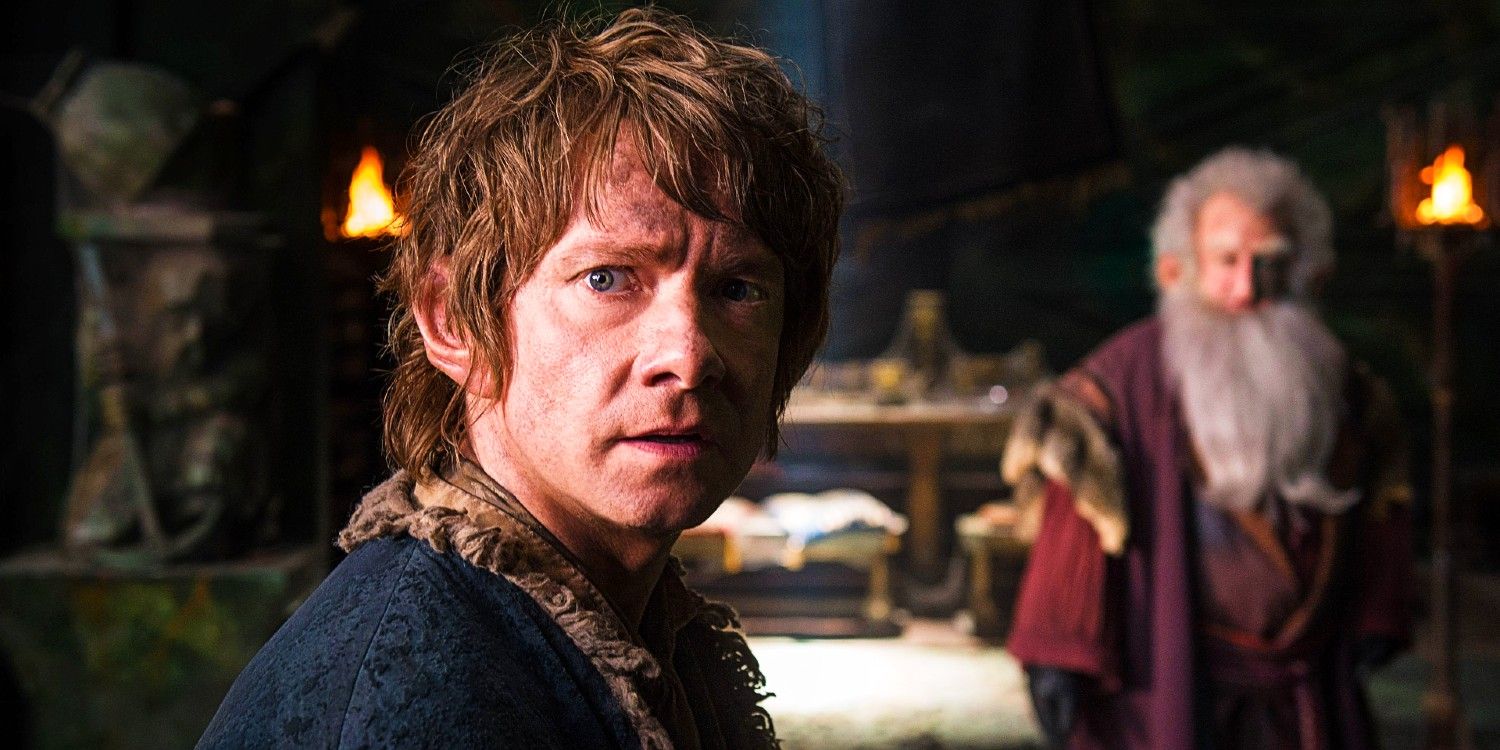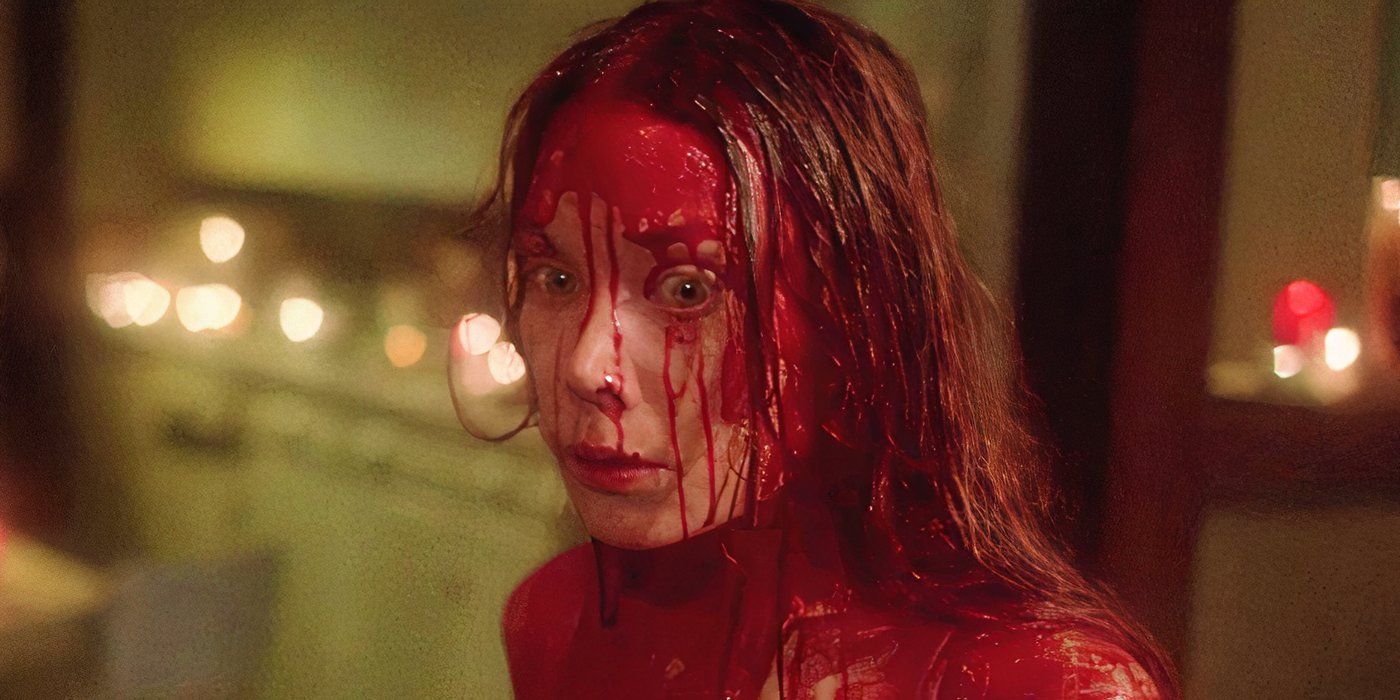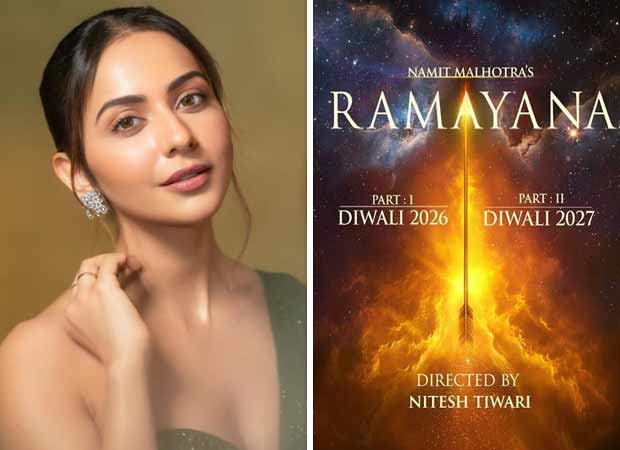Interview: Final Week of Artist Grishma Shah 'Dissonance' Solo Show, through July 3, 2025
CHICAGO – Fine artist Grishma Shah taps into her unique experiences to create her work, including immersion into her South Asian American roots, and disability. Her solo show at Chicago’s Bridgeport Arts Center, “Dissonance: Physical Discomfort, Mental Disconnect, Merging Contradictions” will run in the third floor gallery through July 3rd, 2025. For details, click DISSONANCE.
Immersed in multiple cultures and dynamics, Grishma is a self-taught artist with formal training as a community psychologist. Believing one field informs the other, Grishma explores personal and societal contradictions through her mixed media work and installations. Her practice acts as a mirror reflecting the dissonance and allure found at the crossroads of culture and self-expression. Her umbrella name for her “intersecting stories” is LaGRISH.

Artist Grishma Shah of ‘Dissonance,’ Through July 3rd, 2025
Photo credit: LaGrish.com
Grishma’s work has been exhibited at various institutions in Chicagoland, including the Bridgeport Art Center, South Asian Institute, Illinois Chapter of Planned Parenthood, Harper College, Skokie Public Library, Chicago Cultural Center, Chicago Symphony Center, Chicago’s Harold Washington Library and Adler University. In 2021, Grishma received the 3Arts/Bodies of Work Residency where she led multiple workshops exploring “legacy” with community members, disabled and non-disabled students from the School of Art Institute of Chicago. In 2022, as part of the 3Arts Disability Culture Leadership Initiative. With the current exhibition, she shares her dream of curating a multi sensory exhibit with the support of 3Arts “3AP” initiative.
Patrick McDonald of HollywoodChicago.com asked four questions of artist Grishma Shah of “Dissonance: Physical Discomfort, Mental Disconnect, Merging Contradictions.”
HollywoodChicago.com: The subtitle of your exhibition is ‘Physical Discomfort, Mental Disconnect, Merging Contradictions.’ How do those three elements, under the main title of ‘Dissonance’ inform this show?
Grishma Shah: The subtitle, ‘Physical Discomfort, Mental Disconnect, Merging Contradictions,’ directly informs the show by guiding the audience through the experience of dissonance and merging contradictions. The exhibit spans across 5,000 square feet and two rooms. The first room, “Dissonance,” focuses on the physical discomfort and mental disconnect that often accompany this feeling.
Personally, I experience dissonance as an initial sense of unease. However, by breathing through it and understanding its source, I’ve found it often signals a new experience, which leads us to the second room, ‘Merging Contradictions.’ In this room, we explore the possibility there are infinite ways to exist, each being equally valuable. There is also a mirror in this room to honor the infinite ways we exist.
HollywoodChicago.com: What are examples of the artwork that express the vision of your unique experiences, and what elements of those works are most expressive about who you are as an artist and human being?
Grishma: Regarding the artwork that expresses my unique experiences, while I’d prefer the audience to discover most pieces on their own, I can share two that are most expressive of me as an artist and human being …
“Dhingali” – This Gujarati word for ‘doll’ describes an artwork featuring a doll without an arm. The accompanying text reads, ’Dolls mirror our lives in each small way. Then what does it mean when we toss a doll with one arm away?’ It’s a question about how we treat people with disabilities. If we are taught as children that a “broken” doll should be discarded, when we become adults and professionals in various arenas … physicians, teachers, storytellers, etc. … these teachings stay with us and influence our actions at a subconscious level. As someone with one arm as a result of cancer, this piece directly reflects my own experience.
“Devi” – Meaning “Goddess” in Gujarati and Hindi, this piece explores the concept of wholeness. In Hinduism, Devi is revered for her power and completeness. She is prayed to when one desires prosperity, wealth, or wisdom. In this painting, Devi has three arms. but there are remnants of an additional arm. The text for this artwork reads, ’A goddess is whole, with many arms or none. Why is a woman not whole when she’s lost one?” This piece challenges societal perceptions, highlighting how a woman without an arm, despite her capabilities, can be considered unworthy to live her best life or deemed undesirable in the process to start a family.

’Dhingali’ and ‘Davi’ by Grishma Shah
Photo credit: LaGrish.com
HollywoodChicago.com: One of your disciplines is community psychology. What is the distinction of this practice in the word ‘community,’ and why do you think mental health may be America’s greatest health crisis?
Grishma: As my training is not in mental health, I prefer to leave this important topic to the experts that have dedicated their lives to this field. That said, I am happy to share my experiences regarding the sense of belonging and how it can be influenced by community.
Community is essential for personal growth and yet, cannot exist without its members. When people come together, we not only grow in numbers but also in strength and skills, as each member brings an array of expertise. We also feel a sense of belonging, that our personhood, our existence matters. But when our community cannot accept us as we are, whether it is the community we identify with or perhaps were born into, it can feel incredibly lonely. Growing up, I experienced this. Perhaps it was because people learned that a ‘dhingali’ must be discarded. My hope is to shift society’s perception of disability, recognizing this identity as a valuable human experience.
There are two artworks in this exhibition that delve into this, through hidden messages via an interactive scavenger hunt. When decoded, one artwork says ‘Leave.’ The other message, I will leave as a mystery for you all to figure out! When audiences are completing the ‘Dissonance Interactive Scavenger Hunt,’ accessible through a QR code, I ask them how they feel when they uncover these often subtle messages. Turns out people don’t feel good when they are told to leave, no matter how subtle the message or beautiful the environment.

Shadow Dance: Interaction with the QR Code at ‘Dissonance’
Photo credit: LaGrish.com
HollywoodChicago.com: Finally, using your training and in-depth perspective, what is your best piece of advice on how to cope with our world in 2025, and how is that reflected in your art?
Grishma: Like many others, I am a work in progress and learning to navigate this world that we share. When I need some advice, I ask my spiritual teachers or read from spiritual texts like the Gita. A key message for me from the Gita is that everyone is made of the same divine energy. This includes those who may disagree with how I live my best life or prefer not to celebrate my life with me.
I often remind myself, ‘I matter just as much as you, and you matter just as much as I do.’ In the ’Merging Contradictions’ room, I try to share some of these learnings.











